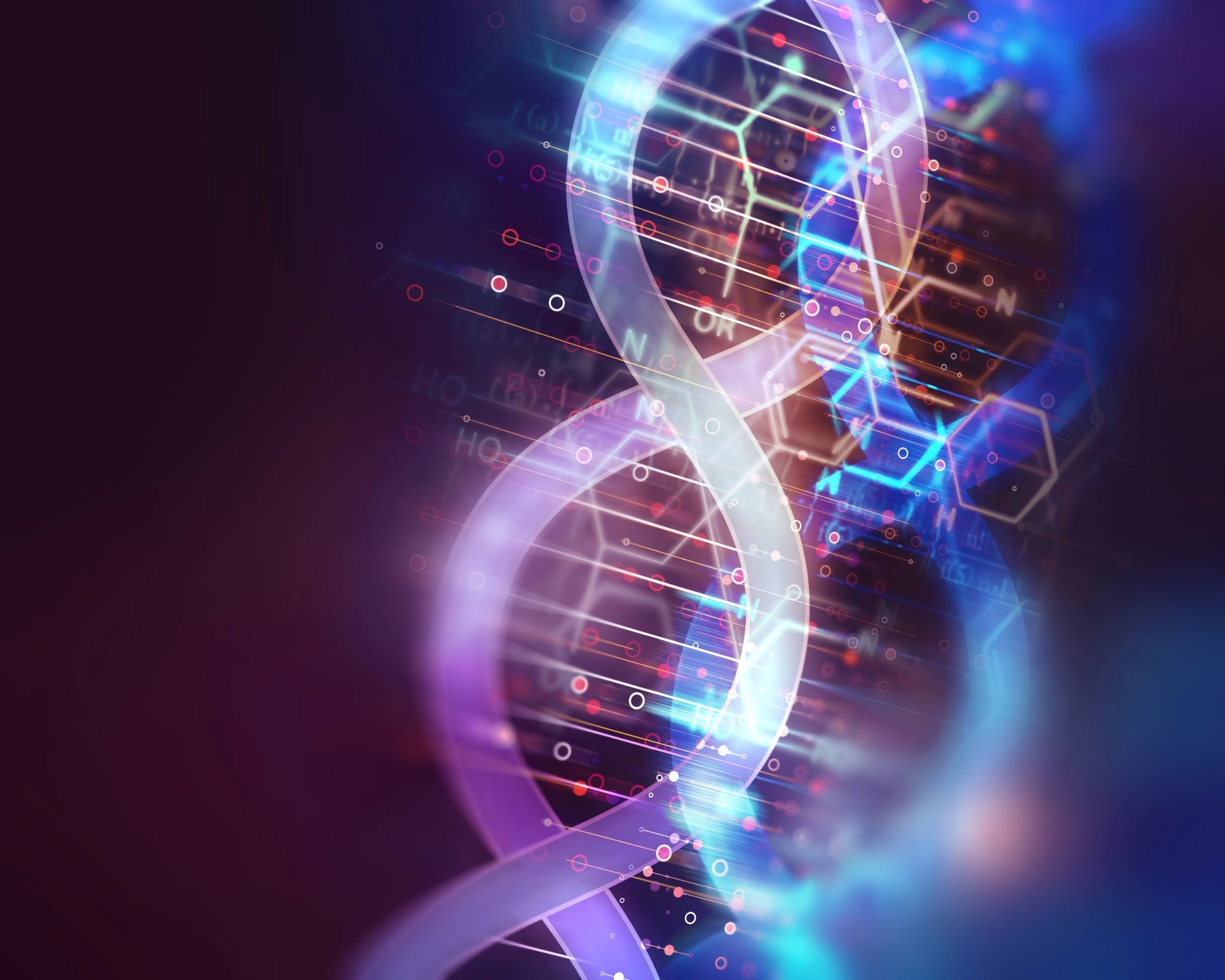How Every Man Should Check His Testicles
Understanding Testicular Cancer and Its Impact on Young Men
Testicular cancer is often overlooked by younger men, who may believe they are not at risk until they reach retirement age. However, this type of cancer primarily affects men between the ages of 20 and 40, making it a critical health concern for this demographic. While it is one of the rarer forms of cancer, certain factors can increase a man’s likelihood of developing it.
Risk Factors and Family History
Men with a family history of testicular cancer are at a higher risk. This includes cases where a father or brother has been diagnosed with the disease. Additionally, individuals with one or both testicles located in the abdominal cavity may also face an increased risk, even after undergoing surgical treatment. These factors highlight the importance of awareness and early detection.
The Importance of Early Detection
Early detection is crucial when it comes to treating testicular cancer. According to urologist Axel Merseburger, once detected, the condition is curable in most cases. This makes proactive measures essential for men to take charge of their health.
Performing a Self-Examination
Men can perform a self-examination once a month to detect any potential issues early. The ideal time to conduct this examination is after a warm shower or bath, as the scrotal skin becomes more relaxed during this time.
To begin the self-examination:
- Stand in front of a mirror and check for any visible swelling or changes in the skin.
- Gently palpate each testicle individually, using the thumb and forefinger of both hands.
- Roll the testicle carefully to examine its surface. A smooth texture without any hard areas is a positive sign.
Checking the Epididymis
The epididymis, which is a soft and curved structure located at the top and back of the testicle, should also be checked. If it feels thicker or harder than usual, it is important to consult a urologist promptly. Even small lumps, such as those resembling a pea, should not be ignored.
Recognizing Warning Signs
Other signs that may indicate testicular cancer include:
- Enlarged or swollen testicles
- A pulling sensation or a feeling of heaviness
- Unusual hardness or softness of the testicle
If these symptoms persist, it is advisable to seek medical attention. Prompt evaluation can lead to early diagnosis and effective treatment.
Conclusion
Testicular cancer may not be as common as other types of cancer, but it is a serious condition that can affect young men. By understanding the risk factors, performing regular self-examinations, and recognizing warning signs, men can take important steps toward maintaining their health. Awareness and proactive care are key to ensuring early detection and successful treatment.
- 10 Jenis Ikan Beracun yang Harus Dibatasi untuk Kesehatan dan Keamanan Makanan - December 11, 2025
- Multiple rounds of snow headed for Michigan, see the timeline - December 11, 2025
- E-Datuda: Pemetaan Dayah dan Manfaatnya, Bireuen Selesaikan Akhir 2025 - December 11, 2025




Leave a Reply